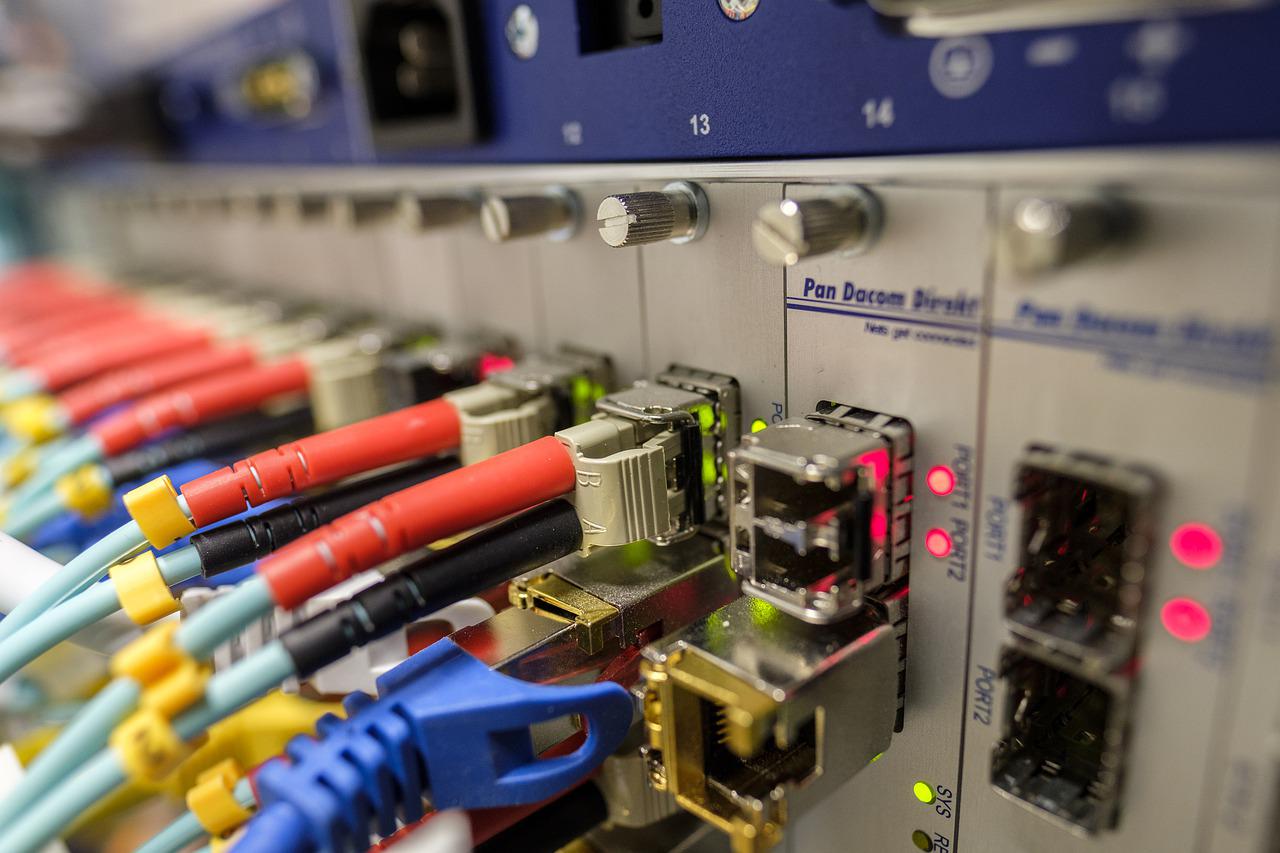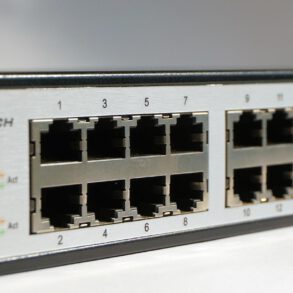Supporting a network in transition: Q&A blog series with David Lef
In a series of blog posts, this being the third, David Lef, Principal Network Architect at Microsoft IT, chats with us about supporting a network as it transitions from a traditional infrastructure to a fully wireless cloud computing platform. Microsoft IT is responsible for supporting 900 locations and 220, 000 users around the world. David is helping to define the evolution of the network topology to a cloud-based model in Azure that supports changing customer demands and modern application designs.
David Lef explains the planning and processes behind migrating to a wireless networking environment, including primary drivers, planning considerations, and challenges.
Q: Can you explain your role and the environment you support?
A: My role at Microsoft is Principal Network Architect with Microsoft IT. My team supports almost 900 sites around the world and the networking components that connect those sites, which are used by a combination of over 220, 000 Microsoft employees and vendors that work on our behalf. Our network supports over 2, 500 individual applications and business processes. We are responsible for providing wired, wireless, and remote network access for the organization, implementing network security across our network, including our network edges. We make sure that the nuts and bolts of network functionality work as they should: IP addressing, name resolution, traffic management, switching, routing, and so on.
Q: What is driving the shift toward a wireless environment?
A: For Microsoft, it’s two main things: first, our employees want flexibility in the way they get their work done. Our users don’t simply use a workstation at a desk to do their jobs anymore. They’re using their phone, their tablet, their laptop, and their desktop computer, if they have one. It’s evolved into a devices ecosystem rather than a single productivity device, and most of those devices support wireless. In fact, most of them support only wireless. The second motivator is simple cost effectiveness. It’s cheaper and simpler to set up and install a wireless environment than it is to do the same with wired infrastructure. It also makes upgrades and additions to the networking environment easier and cheaper. With wireless, there are no switch stacks to add and no cables to run.
Q: How did you begin planning for this?
A: When Microsoft started accepting and supporting mobile devices connecting to the corporate network, it was clear that the way our network was accessed was going to change. We initially planned to provide wireless support to the physical locations that needed it the most as a support for our wired infrastructure. However, traffic and use analysis showed that the wireless network was very quickly becoming our main network infrastructure, from a user’s perspective. We knew that wireless needed to be there to support mobile devices, and we knew we had to plan for the wireless network to support most of our end-user connectivity, eventually. We looked at the device profiles across our information worker roles to assess what was necessary, and we built out a network to meet that demand and make sure that it scales well with future growth.




